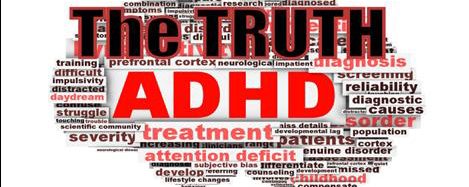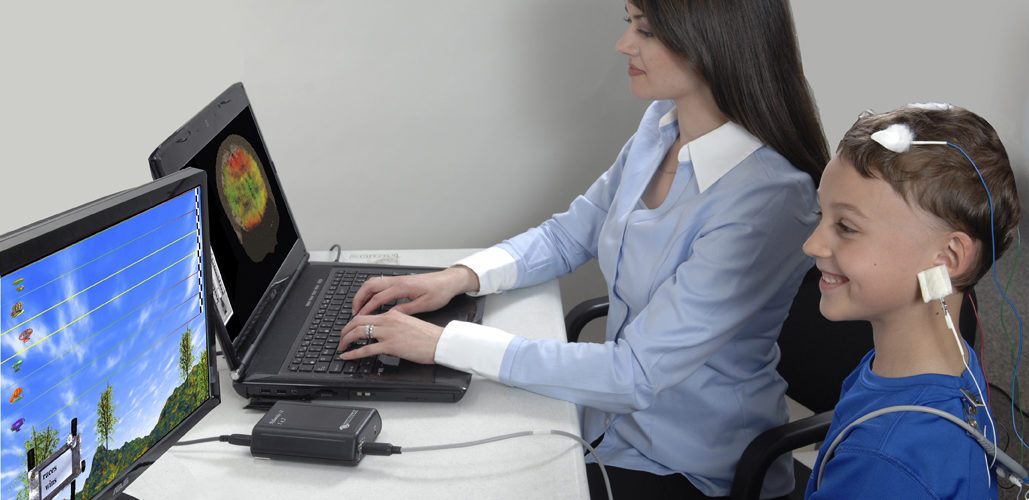Most of you reading this blog, either have a child, or are yourselves, consuming psycho-stimulants such as Ritalin, Adderall, Vyvance, etc., as a means to combat the inattention, hyperactivity and impulsivity that accompanies ADHD. I, myself, succumbed to the persuasive guidance so commonly used by the Psychiatric industry, encouraging me to affirm the efficacy of these pharmacological interventions. As a result, I have personally become a prospective, albeit, reluctant, life-time user of such remedies.
Predominately, and unfortunately, due to the formidable profits reaped by the pharmaceutical industry via the avid prescription and sale, of, the aforementioned psychotropic medications, amphetamines and their derivatives seem to be the method most preferred, by which, Doctors and Psychiatrists treat ADHD. However, after reading my last two blogs you may be familiar with developing theories concerning the possibility that a subgroup of ADHD, (a subgroup which is statistically the majority of ADHD manifestations), is said to exhibit its’ symptomology, on account of lack of sleep, or sleep restriction, brought on by Sleep Onset Insomnia (or trouble falling asleep at a designated bedtime).
This research has furthermore, driven researchers to examine the brain, using cutting edge technology, for the purpose of finding the etiology (or origin) of ADHD (and other psychopathologies), and to correspondingly, advance treatments, less extreme and more permanent, than the mass-medication of children and adults with narcotic prescription drugs, that are ultimately fraught with side effects and other deleterious consequences inevitably induced through their long term use.
At this point, I find it crucial to familiarize my readers with a, presumably less toxic, potential treatment for ADHD, called Neurofeedback. This prospective antidote to ADHD, begins as a computerized bio-informational process that studies brain waves during wakefulness and sleep, to pinpoint the sources of psychopathologies (or, in this case, ADHD). One of the predominate aims, then, of Neurofeedback is to eradicate behavioral and cognitive abnormalities through cerebral training, directed at manipulating the brain to respond healthily to external and internal signals, events, etc. Incorporating mechanical tools such as the EEG (or electroencephalogram) to compute brain wave amplitudes, SMR (Sensori-Motor Nuerofeedback) and SCP (Slow Cortical Potential Neurofeedback) are groundbreaking Neurofeedback mechanisms used to analyze ADHD symptomology and conceivably treat its’ victims.
SMR analyzes the accompanying brain waves to the Sensori-Motor Rhythem (which are typically dysfunctional in those suffering from ADHD), and SCP studies the negative and positive shift in electrical charge of Apical Dendrites, or, in laymen’s terms, the excitatory and inhibitory functionality of different brain waves and processes influential in learning, memory and sensory associations (highlighting the impulsive aspects of ADHD). Using similar mechanisms, these two Neurofeedback machinations have both, although in slightly distinct ways, garnered credibility to hypothesis of ADHD, as it relates to:
- Sleep Spindle Density, which is characterized by the oscillations produced by stage 3 NREM sleep (i.e. slow wave sleep wherein delta waves predominate, or, in simpler terms, the last stage involved in transforming wakefulness to sleep),
- Recticulo-thalamo-cortical Network, or the [RTC], which is a network responsible for regulating thalamic activities and communicating thalamic signals, (in other words, a network which regulates sensori-motor signals, sleep, consciousness and alertness [i.e. vigilance]) and the
- Locus Coeruleus, which is the part of the brain responsible for generating sleep spindles, and regulating vigilance.
` In all, these studies suggest that ADHD can be treated through neurofeedback (brain training) soliciting sleep and wakeful regulation of vigilance, by:
- producing higher sleep spindle density, and hence,
- increasing the neural communication power existing between the parts of the brain responsible for vigilance.
Although these treatment options are yet in their infancy, on account of Pharmaceutically induced intervention aimed at retaining profit margins for stimulants; long term Neurofeedback regimens, incorporating SMR and SCP, to name a few, can be used to manipulate the brain to remain vigilant habitually, and in the absence of, feasibly perpetual and chronic psychotropic intercession.
So, alas, good news looms in the Horizon. With technological advancement and developing financial resources, ADHD may be a disorder treated through permanent measures like Biofeedback, which may one day, completely expunge the need for the interminable Psycho-stimulant treatment used currently to remedy ADHD.


Hello.This post was really motivating, especially because I was searching for thoughts on this subject last couple of days.
But a smiling visitant here to share the love (:, btw great style and design .